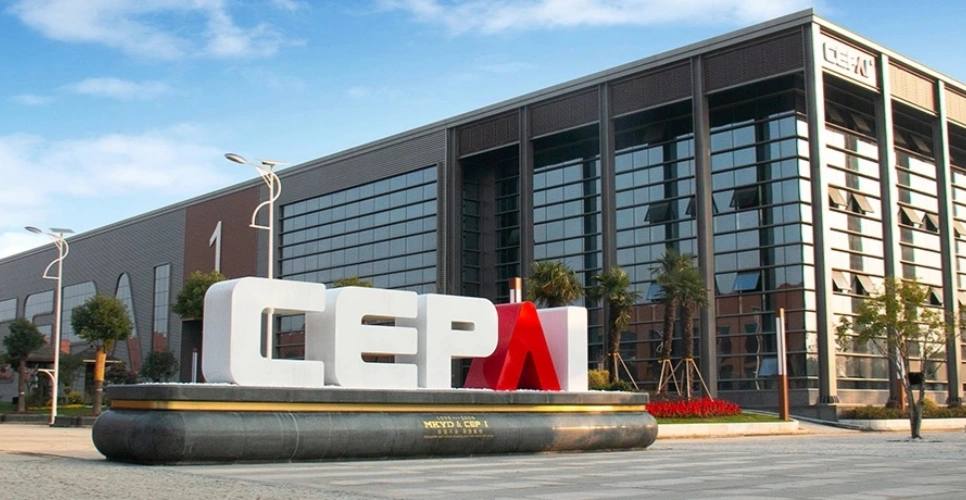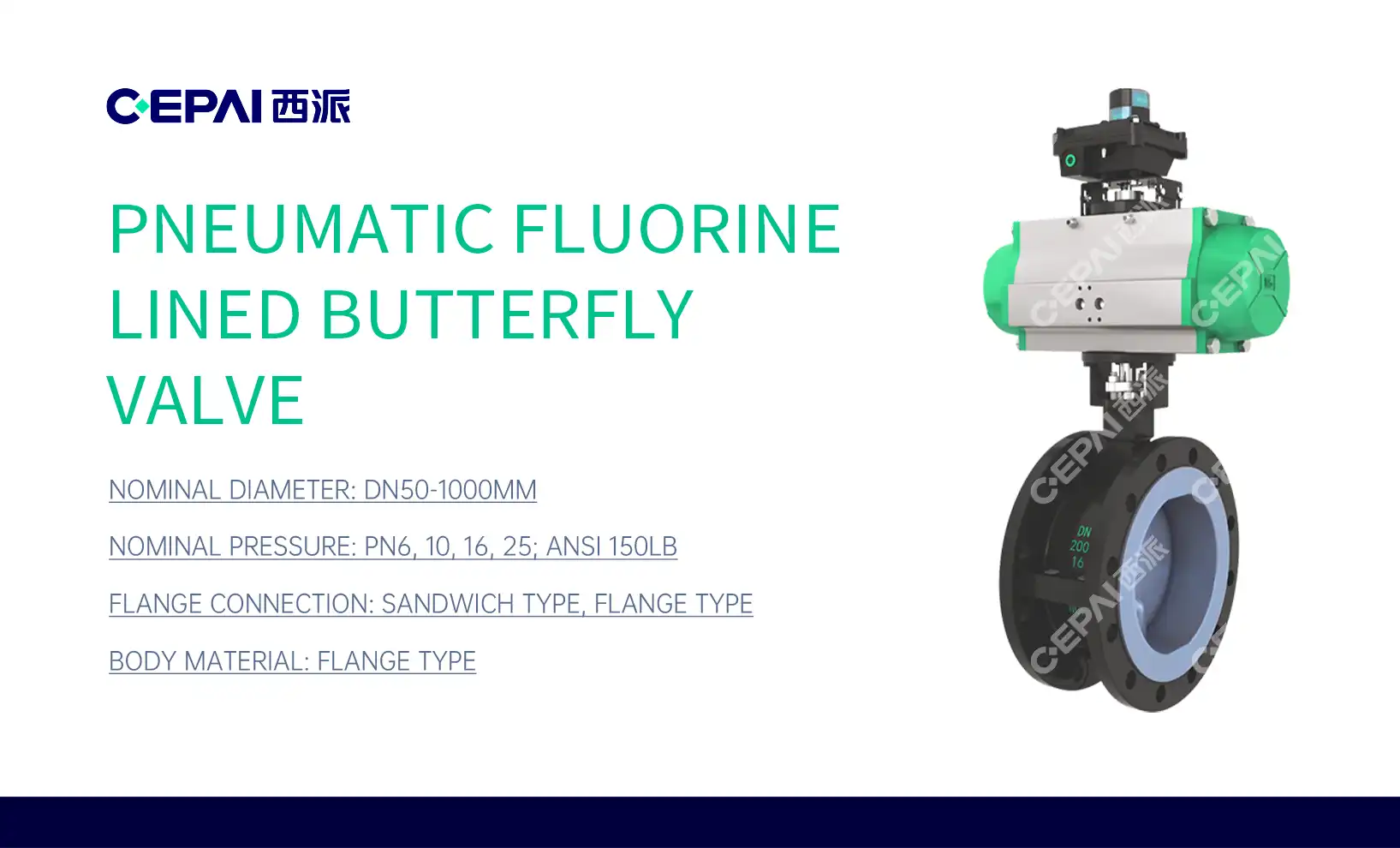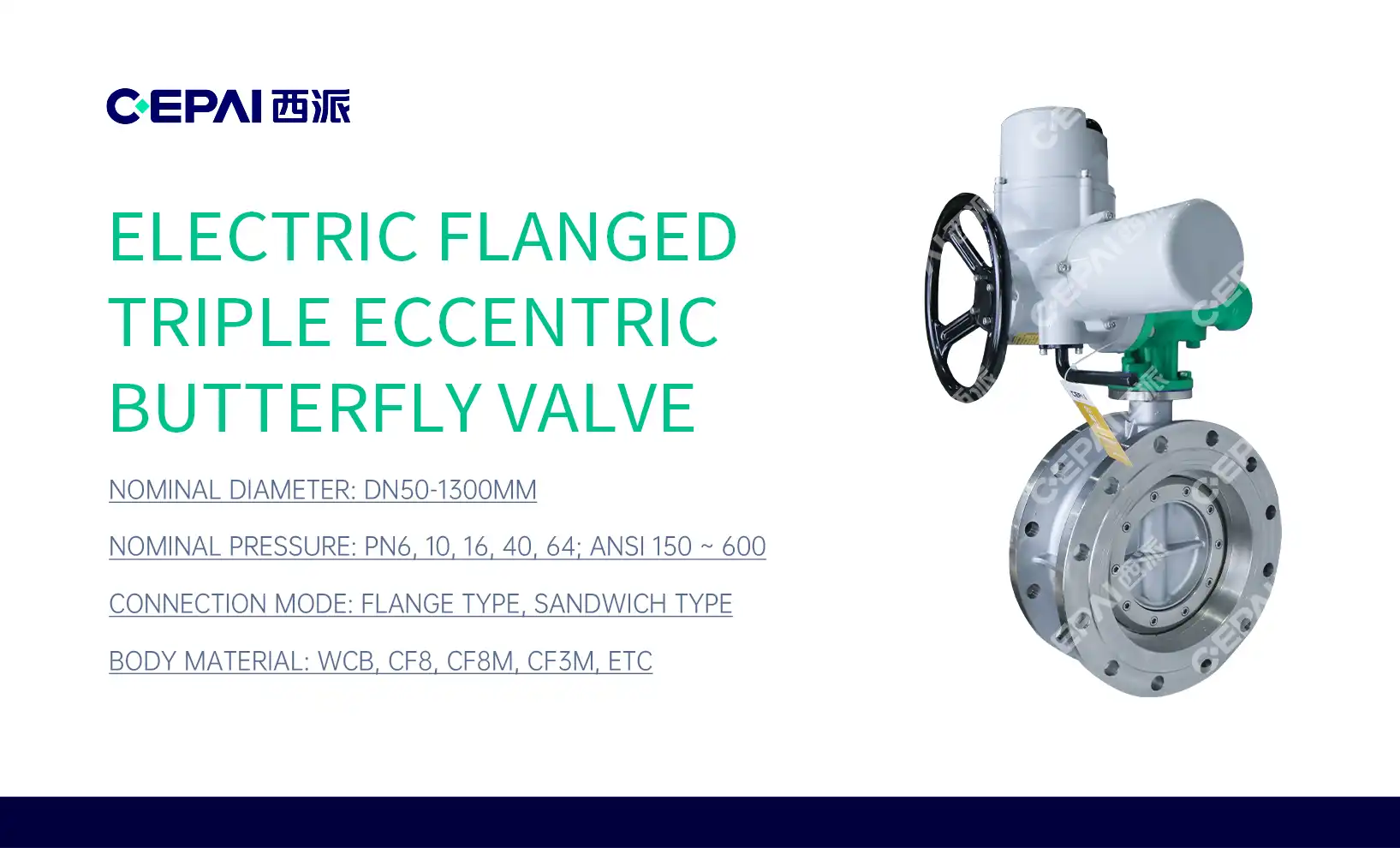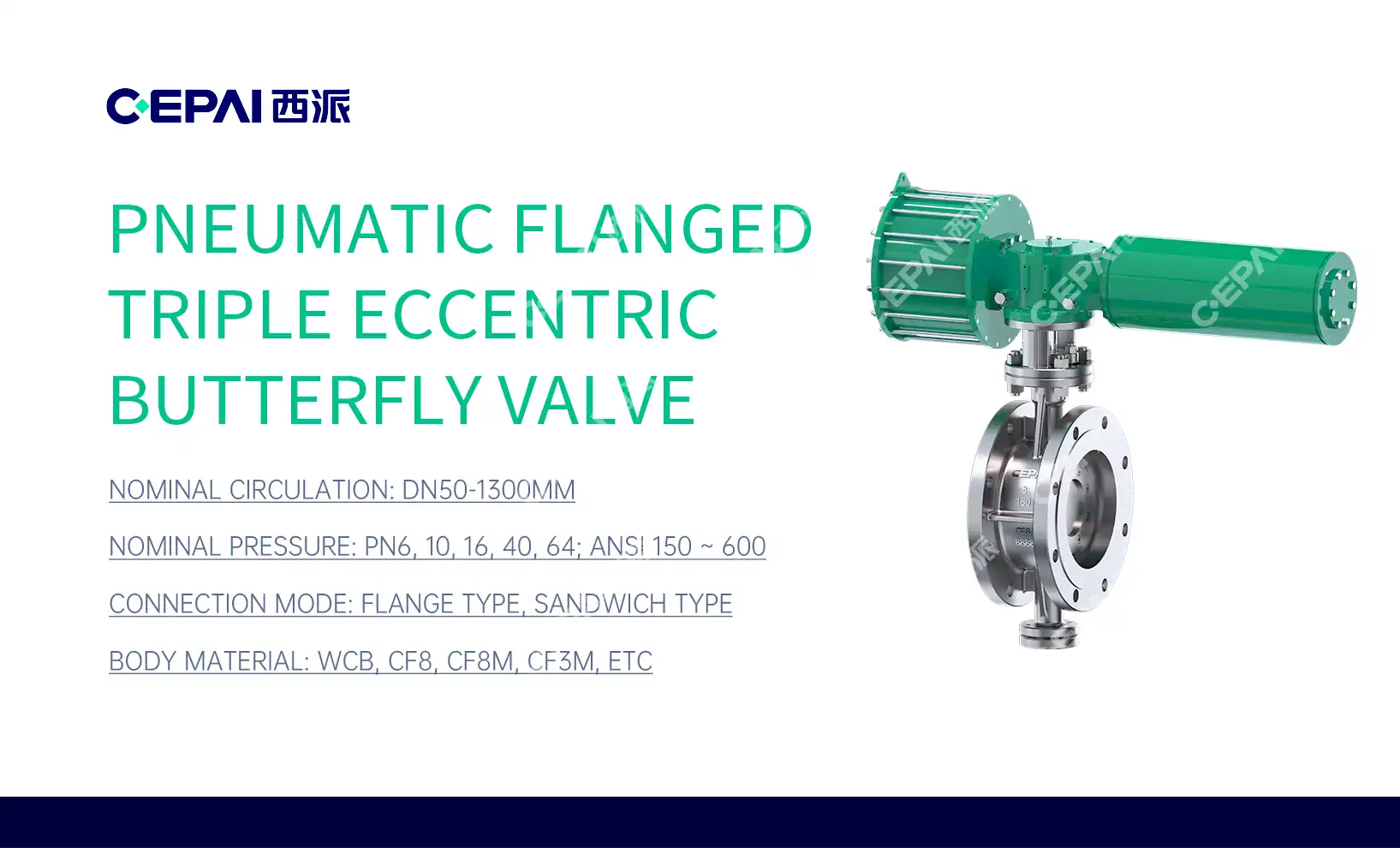Ball Valve vs Check Valve: Different Roles in Pipeline Systems
Ball valves and check valves play distinct yet crucial roles in pipeline systems, each serving unique purposes in fluid control and management. Ball valves are quarter-turn valves that use a spherical disc to control flow, offering quick shutoff and excellent sealing capabilities. They're ideal for applications requiring frequent on/off operations. Check valves, on the other hand, are automatic valves designed to prevent backflow in pipelines. They allow fluid to flow in one direction while closing automatically to prevent reverse flow. Understanding the differences between these valve types is essential for selecting the right component for specific pipeline requirements, ensuring optimal system performance, and maintaining safety in various industrial applications.

Understanding Ball Valves: Features and Applications
Design and Operating Principle of Ball Valves
Ball valves are characterized by their simple yet effective design. The core component is a spherical disc, or ball, with a bore through its center. This ball is housed within the valve body and can be rotated 90 degrees to either allow or block flow. When the bore aligns with the pipeline, flow is permitted; when perpendicular, flow is blocked. This quarter-turn operation makes ball valves quick and easy to operate, often requiring just a lever or handle to actuate.
The sealing mechanism in ball valves typically involves seats on either side of the ball. These seats, usually made of resilient materials like PTFE or reinforced plastics, ensure a tight seal when the valve is closed. As pressure increases, the ball is pressed more firmly against the downstream seat, enhancing the seal's effectiveness. This pressure-assisted sealing contributes to the valve's reliability in high-pressure applications.
Advantages and Limitations of Ball Valves
Ball valves offer several advantages that make them popular in various industries. Their quick operation allows for rapid shutoff, which is crucial in emergency situations. The full-bore design of many ball valves results in minimal pressure drop across the valve when fully open, maintaining system efficiency. Additionally, ball valves provide excellent sealing capabilities, even after long periods of disuse, making them suitable for isolation applications.
However, ball valves do have limitations. They are not ideal for flow regulation or throttling purposes, as partially open positions can lead to erosion of the ball and seats. The cavity around the ball can trap media, which may be problematic in certain applications. Moreover, while ball valves excel in on/off service, they may not be the best choice for applications requiring precise flow control.
Common Applications of Ball Valves in Industry
Ball valves find widespread use across numerous industries due to their versatility and reliability. In the oil and gas sector, they're employed in pipeline systems for isolation and emergency shutoff. The chemical industry utilizes ball valves for handling corrosive fluids, often opting for lined or exotic alloy constructions. Water treatment plants rely on ball valves for distribution systems and process control.
In HVAC systems, ball valves are used for isolating equipment and controlling flow in heating and cooling circuits. The food and beverage industry employs sanitary ball valves in processing lines where cleanliness is paramount. Even in aerospace applications, specialized ball valves play crucial roles in fuel systems and hydraulic circuits. The adaptability of ball valves to various sizes, pressure ratings, and materials contributes to their widespread adoption across these diverse industrial landscapes.
Exploring Check Valves: Functionality and Uses
Mechanism and Types of Check Valves
Check valves operate on a simple yet ingenious principle: they allow flow in one direction while automatically preventing backflow. This unidirectional flow control is achieved through various mechanisms, depending on the type of check valve. Swing check valves use a hinged disc that swings open with forward flow and closes against a seat when flow reverses. Lift check valves employ a disc or ball that lifts off its seat with forward flow and drops back to seal when flow stops or reverses.
Other common types include piston check valves, which use a spring-loaded piston, and diaphragm check valves, which utilize a flexible diaphragm for sealing. Dual plate or wafer check valves feature two half-discs that open like butterfly wings, offering a compact design suitable for limited space applications. Each type has its strengths, making them suitable for different operating conditions and fluid characteristics.
Benefits and Challenges of Using Check Valves
Check valves offer several advantages in pipeline systems. Their automatic operation eliminates the need for external power or manual intervention, enhancing system reliability and safety. They prevent backflow, which is crucial for protecting equipment, maintaining system integrity, and preventing contamination. Check valves also help maintain pressure in systems, reducing the risk of water hammer and other pressure-related issues.
However, check valves do face certain challenges. Some types may be prone to slamming or chattering under low-flow conditions, potentially leading to wear and noise issues. Proper sizing and selection are critical to ensure optimal performance and longevity. Additionally, certain check valve designs may introduce a higher pressure drop compared to full-bore valves like ball valves, which needs consideration in system design.
Industries and Systems Utilizing Check Valves
Check valves find applications across a wide range of industries and systems. In water supply networks, they prevent backflow contamination and maintain pressure in distribution lines. The oil and gas industry uses check valves in pipelines, pump stations, and wellhead equipment to prevent reverse flow and protect critical components. In chemical processing, check valves safeguard against unwanted mixing of chemicals and protect pumps from reverse rotation.
HVAC systems employ check valves to prevent thermosiphoning in boiler circuits and maintain directional flow in chilled water systems. In the pharmaceutical industry, sanitary check valves ensure product purity and prevent cross-contamination. Even in everyday household plumbing, check valves play a crucial role in backflow prevention devices. The versatility and reliability of check valves make them indispensable components in maintaining safe and efficient fluid systems across various sectors.
Comparative Analysis: Ball Valves vs Check Valves
Operational Differences and Control Mechanisms
The fundamental difference between ball valves and check valves lies in their operational mechanisms and control methods. Ball valves are active control devices, requiring manual or automated actuation to open or close. This allows for deliberate control over flow, making them suitable for isolation and on-demand flow control applications. The quarter-turn operation of ball valves provides quick and definitive shutoff, which is advantageous in many industrial scenarios.
In contrast, check valves are passive devices that operate automatically based on flow direction and pressure differential. They do not require external intervention to function, opening when flow moves in the desired direction and closing when flow stops or reverses. This automatic operation makes check valves ideal for backflow prevention and maintaining system integrity without constant monitoring or control.
Performance Characteristics and System Impact
Ball valves generally offer lower pressure drop when fully open compared to most check valve designs. This characteristic makes ball valves preferable in applications where minimizing system pressure loss is crucial. Ball valves also provide excellent sealing capabilities, ensuring tight shutoff even after prolonged periods of inactivity. Their full-bore design allows for pigging operations in pipeline systems, an advantage in maintenance and cleaning procedures.
Check valves, while potentially introducing slightly higher pressure drops, excel in their primary function of preventing backflow. They respond quickly to flow reversals, minimizing the risk of water hammer and protecting upstream equipment. However, the performance of check valves can be more sensitive to installation orientation and flow conditions, requiring careful selection and installation to ensure optimal operation.

Selection Criteria for Different Applications
Choosing between ball valves and check valves depends on the specific requirements of the application. Ball valves are preferred when manual control, tight shutoff, and low pressure drop are priorities. They're ideal for isolation purposes, especially in high-pressure systems or where frequent cycling is necessary. Industries dealing with viscous fluids or slurries often opt for ball valves due to their resistance to clogging and ease of cleaning.
Check valves are the go-to choice for automatic backflow prevention. They're essential in pump discharge lines, protecting pumps from reverse flow and potential damage. In systems with multiple pressure sources or where maintaining unidirectional flow is critical, check valves play a vital role. The choice of check valve type (swing, lift, etc.) depends on factors such as flow characteristics, installation space, and response time requirements.
In some cases, both valve types might be used in conjunction within a system. For example, a ball valve might be installed upstream of a check valve to provide manual isolation capability while maintaining backflow protection. Understanding the strengths and limitations of each valve type is crucial for engineers and system designers to make informed decisions that ensure safe, efficient, and reliable operation of pipeline systems across various industries.
Conclusion
Ball valves and check valves, while serving different primary functions, are both integral components in modern pipeline systems. Ball valves excel in providing reliable, quick shutoff and isolation capabilities, making them invaluable in applications requiring manual or automated flow control. Check valves, with their automatic backflow prevention mechanism, play a crucial role in maintaining system integrity and protecting equipment. The choice between these valve types depends on specific application requirements, including flow control needs, pressure considerations, and system design. By understanding the unique characteristics and applications of both ball valves and check valves, engineers and system designers can make informed decisions to optimize pipeline performance, enhance safety, and improve operational efficiency across various industries.
FAQs
1. Can a ball valve be used instead of a check valve?
While ball valves and check valves serve different primary purposes, in some cases, a ball valve can be used to prevent backflow. However, this requires manual or automated operation and doesn't provide the automatic protection of a check valve.
2. Are ball valves suitable for throttling applications?
Ball valves are generally not recommended for throttling due to potential erosion and wear when partially open. For precise flow control, specialized control valves are more suitable.
3. How do I choose between different types of check valves?
Selection depends on factors like flow characteristics, installation space, pressure drop requirements, and response time. Consult with valve experts or manufacturers for specific application guidance.
Expertise in Ball Valve Manufacturing | CEPAI
CEPAI Group Co., Ltd. has established itself as a leading manufacturer in the high-end energy valve sector. Our expertise in ball valve production combines innovative design with precision engineering, meeting the diverse needs of the global oil and gas industry. As a supplier and manufacturer committed to quality, we continually invest in research and development to enhance our product range, including advanced ball valve technologies. Our state-of-the-art manufacturing facilities ensure the highest standards of reliability and performance in every valve we produce. For more information about our ball valve solutions or other products, please contact us at cepai@cepai.com.

References
Smith, J. (2021). "Valve Technology in Modern Pipeline Systems: A Comprehensive Guide"
Johnson, R. (2020). "Comparative Analysis of Ball Valves and Check Valves in Industrial Applications"
Brown, A. et al. (2019). "Advancements in Ball Valve Design for High-Pressure Oil and Gas Systems"
Lee, S. (2022). "Check Valve Selection Criteria for Efficient Backflow Prevention"
Wilson, M. (2021). "Performance Evaluation of Different Valve Types in Chemical Processing Industries"
Thompson, K. (2020). "The Role of Valves in Ensuring Pipeline Safety and Efficiency"
_1746598538016.webp)
Get professional pre-sales technical consultation and valve selection services, customized solution services.

About CEPAI


